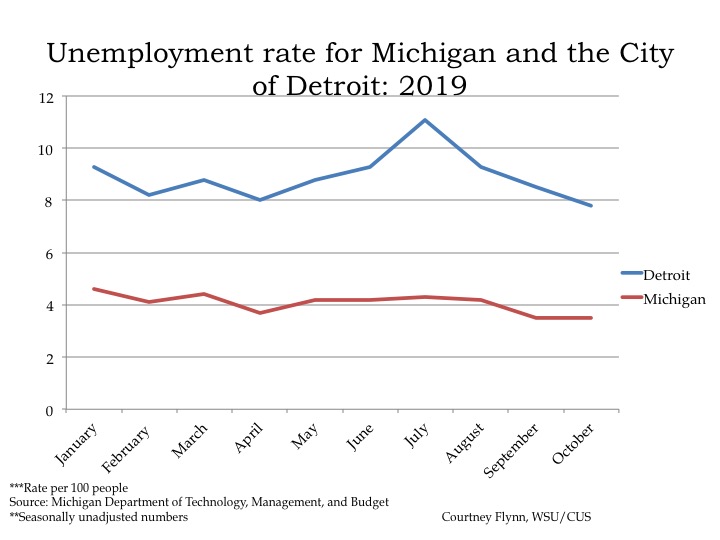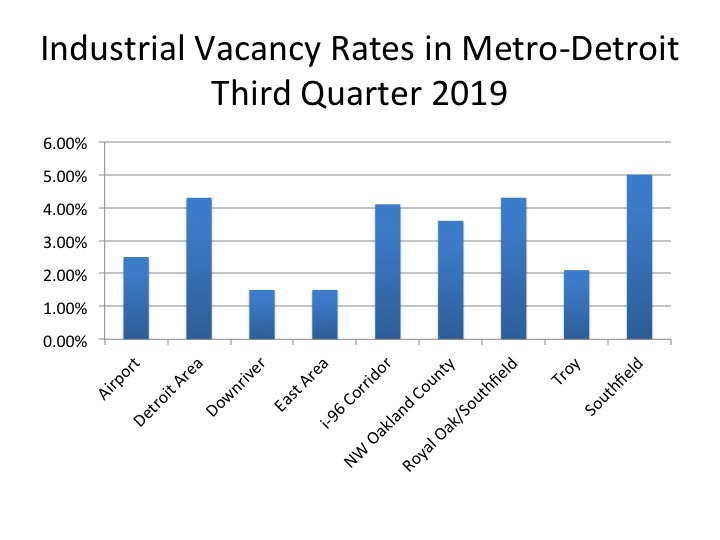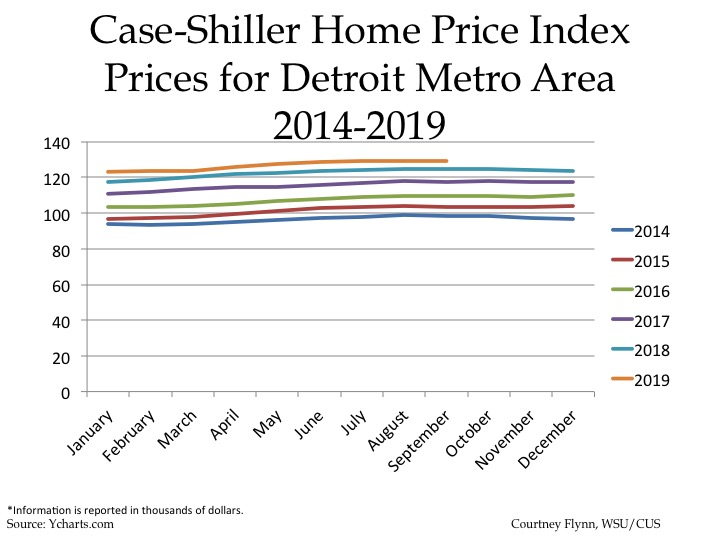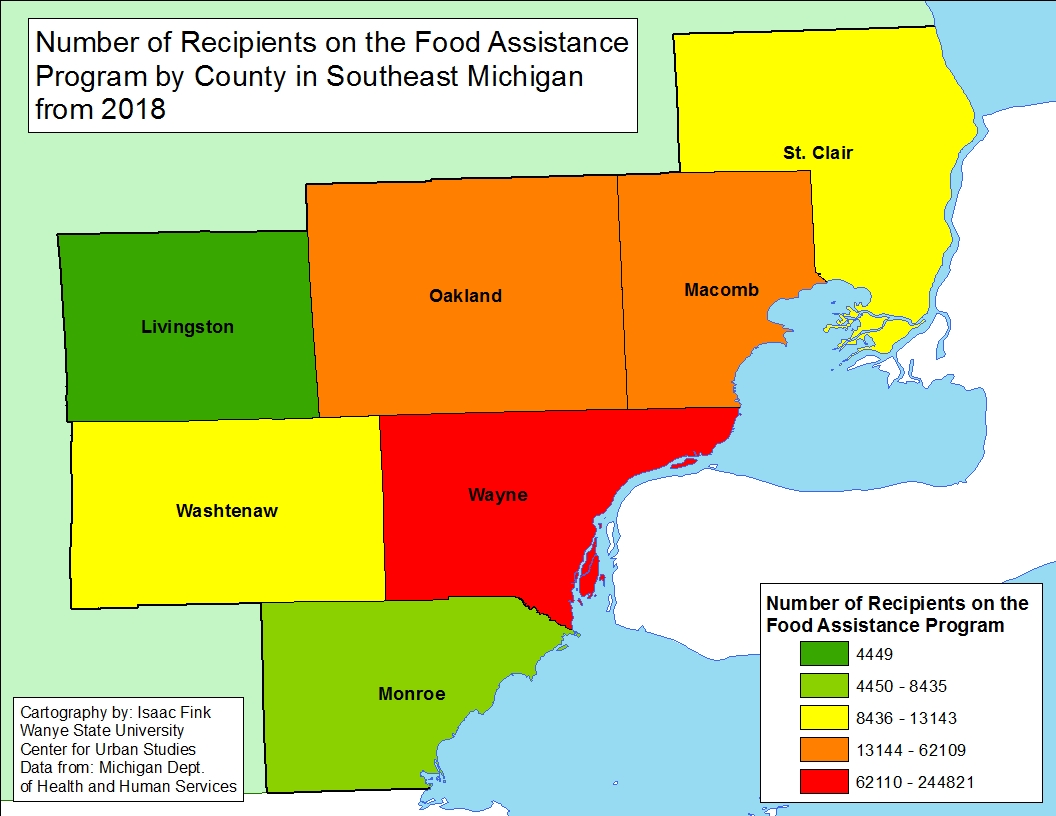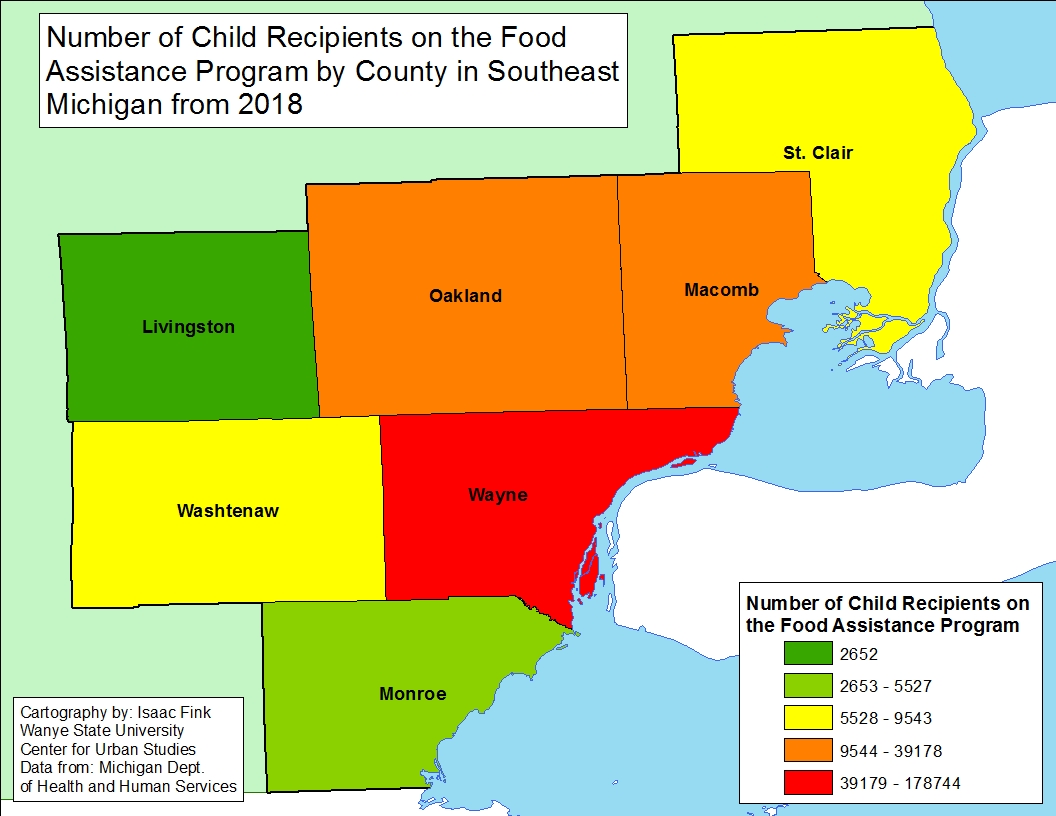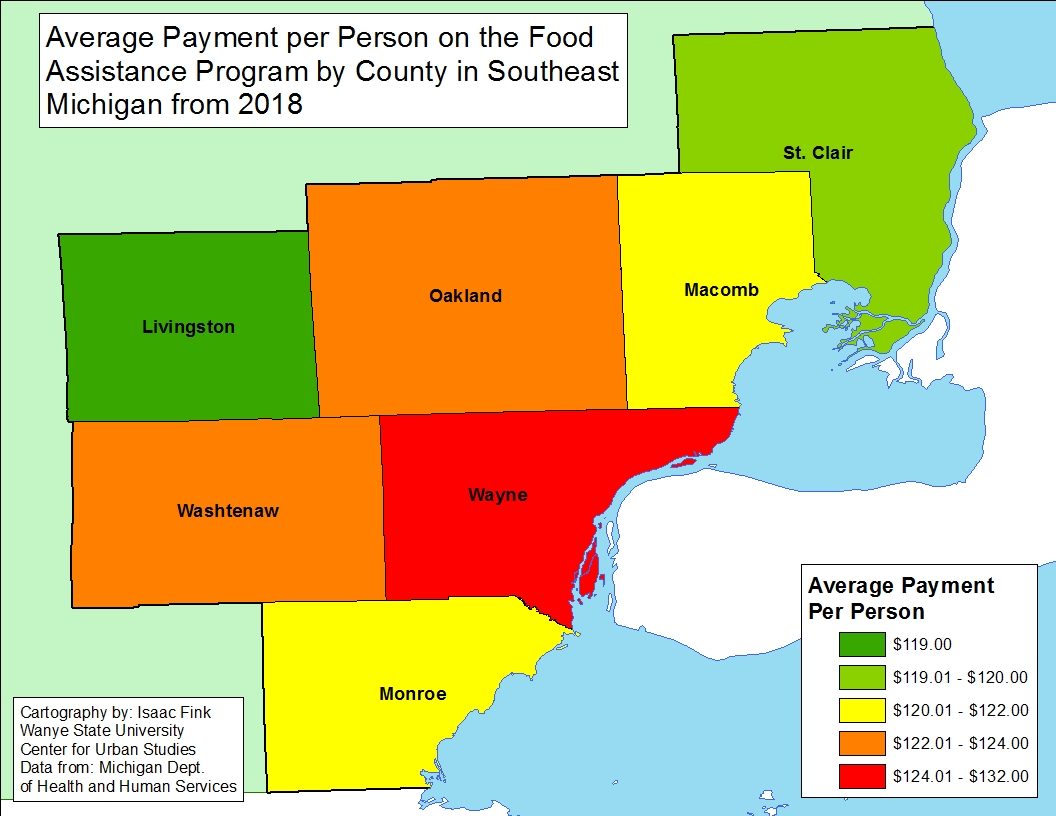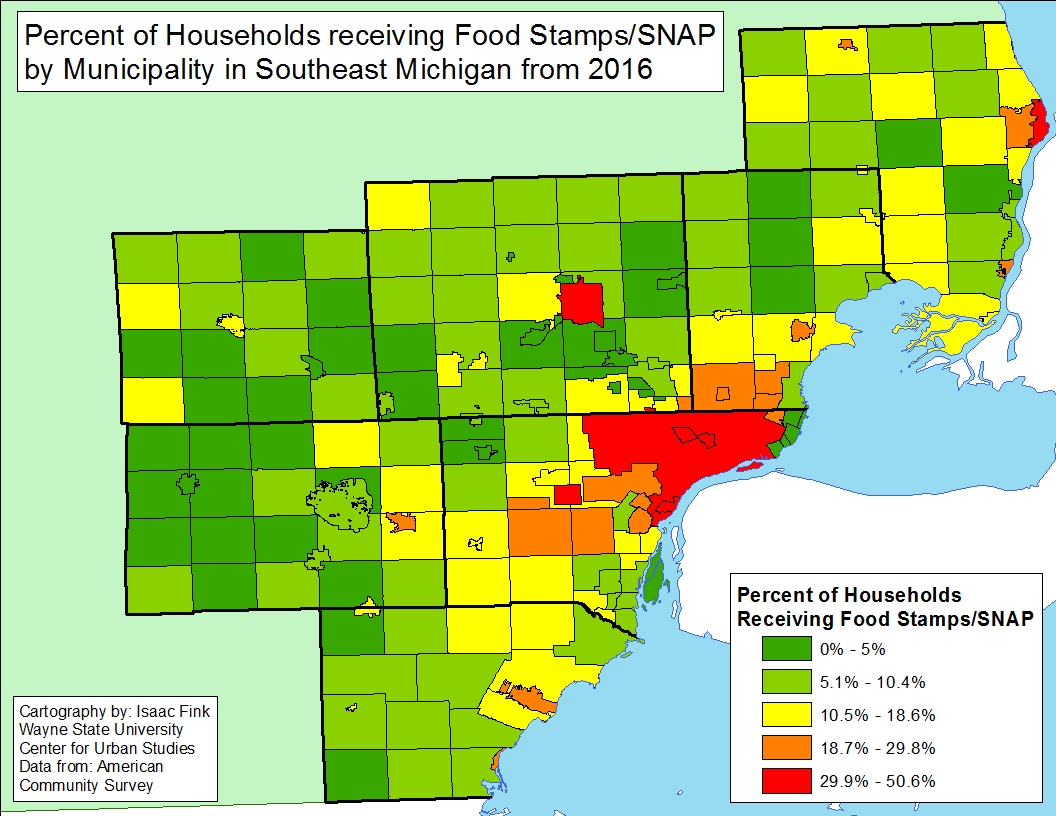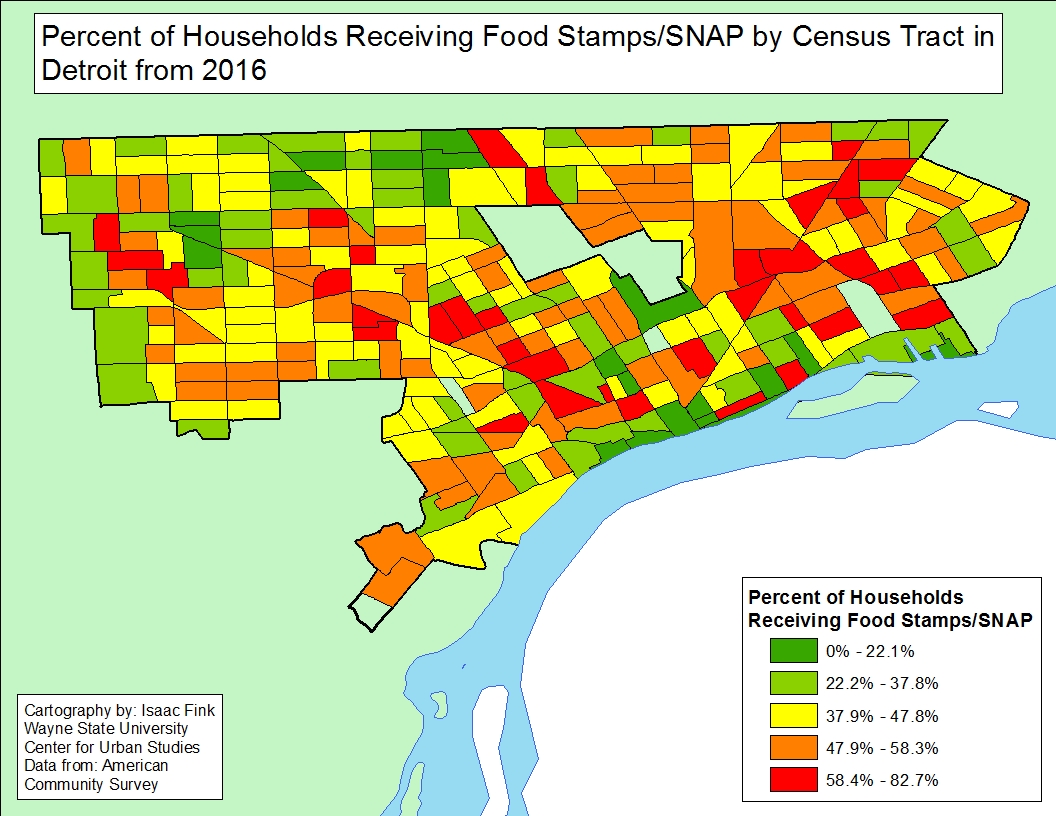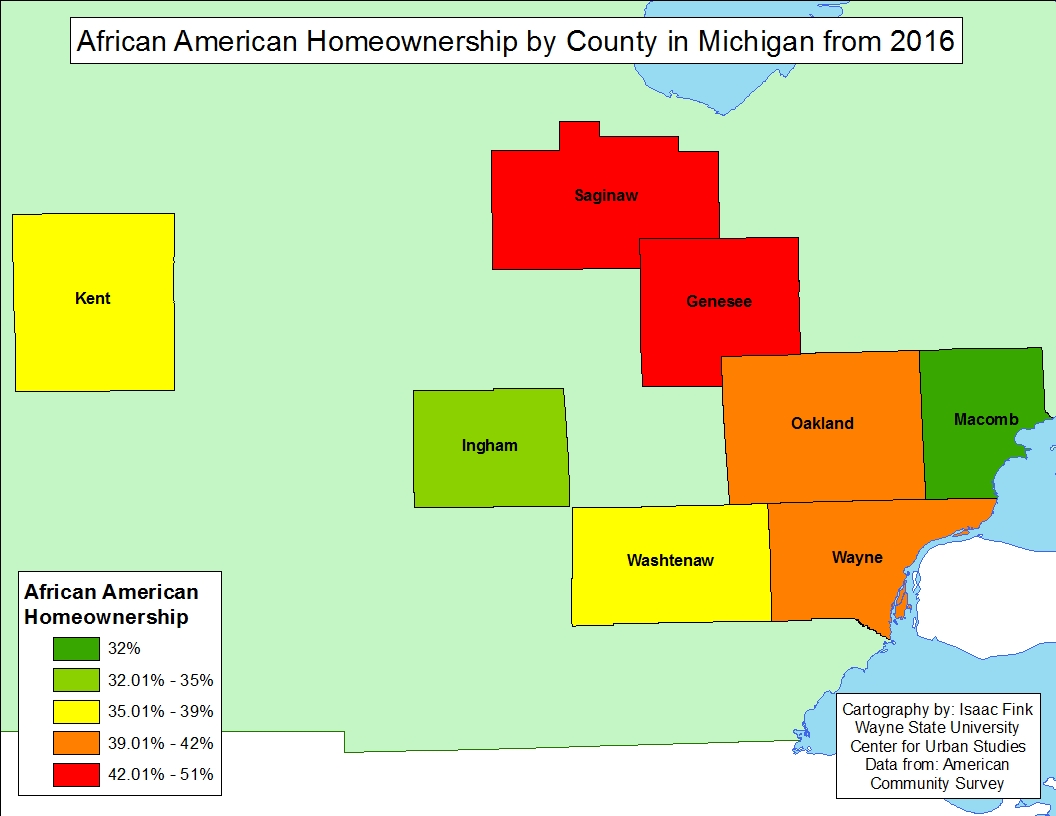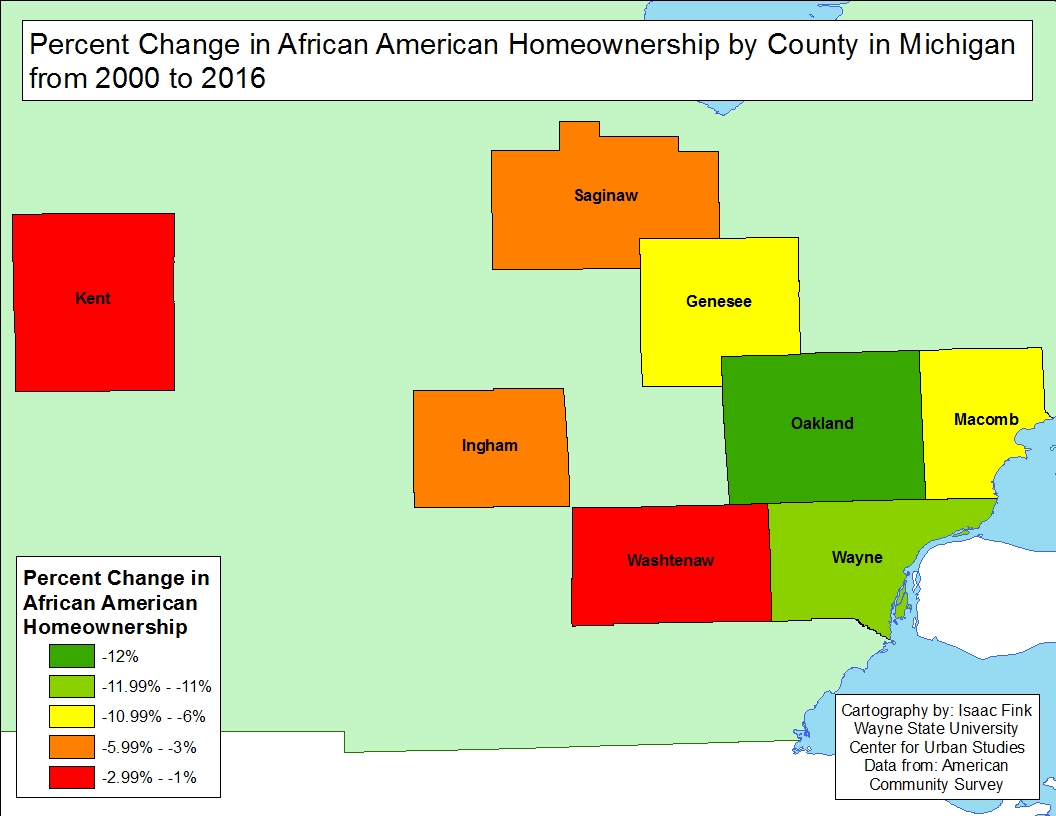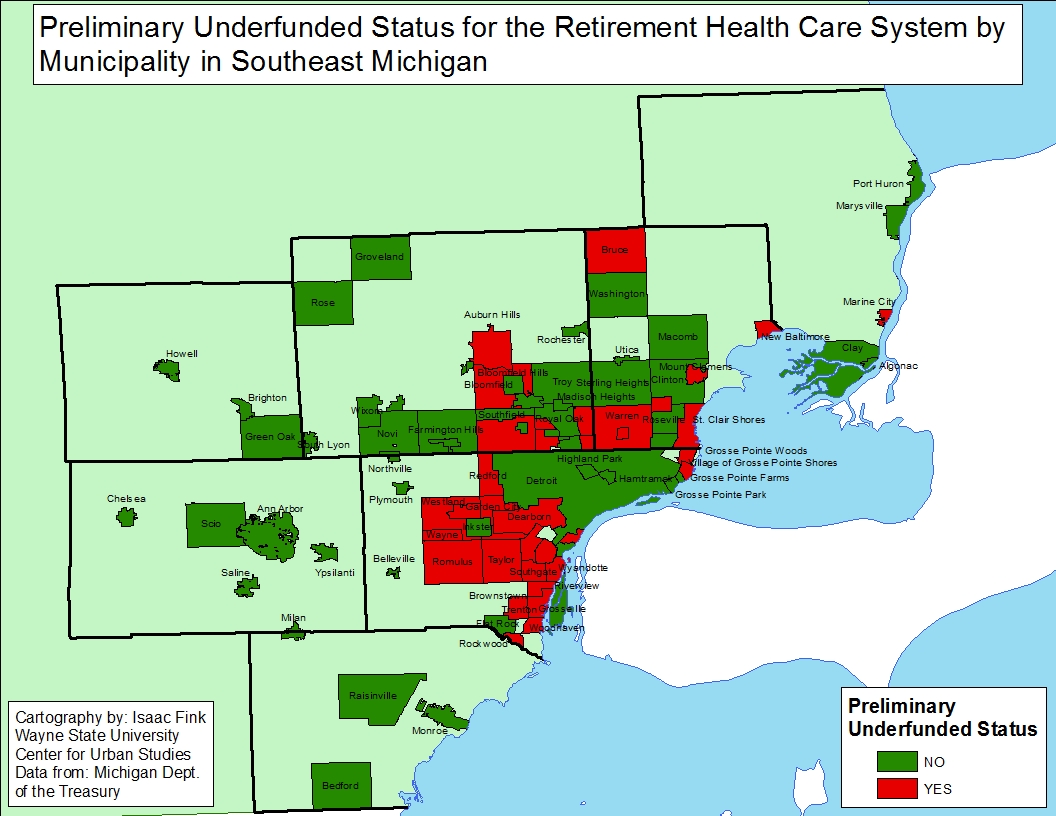The national average for weekly unemployment benefits in the United States is $468; $362 per week is what is provided in Michigan. Michigan has the lowest unemployment benefits of any state in the Great Lakes region and ninth lowest in the nation. In addition to the unemployment amount being $362 a week, that amount is traditionally paid for 20 weeks (it has currently been extended to 26 weeks due to the COVID-19 pandemic). Even with extended and additional unemployment benefits, families in Michigan continue to financially struggle.
According to the most recent Kids Count report, 56 percent of adults living in a household with children have reported losing income as of Nov. 9, 2020 in Michigan. The same report states that only 4 percent of adults living in a household with children in Michigan are receiving their full pay and not using leave for time not working, while 92 percent who are off work are not receiving any pay for their time off.
The October 2020 unemployment rate in Michigan was 5.1 percent, compared to 3.5 percent in October of 2019 (the most recent data available). At the national level, according to the U.S. Bureau of Labor Statistics the unemployment rate was 6.9 percent of the non-farm working population. At the national and local level, unemployment rates aren’t as high as they were in April, when the pandemic first hit, but they are higher than they were compared to 2019.
So, as the pandemic continues we are more likely to see higher unemployment rates and more people unable to meet their needs from the unemployment benefits they receive (or should be receiving). According to a recent Money.com article, unemployment benefits in most states do not cover the basic needs of most families. This is due to the cost of living in a state (food, rent, utilities) compared to the amount and length of unemployment benefits received.
The map below shows the maximum unemployment an individual can receive in each state. Massachusetts has the highest amount of unemployment paid to an individual (with dependents) at $1,234 a week; it is also one of the wealthiest states. Conversely, Mississippi pays the lowest amount at $235. According to the article, Kentucky and Maine are among the poorest states in the Country but their unemployment benefits ($552 and $667, respectively) allow residents to cover their basic needs. The unemployment benefits in Kentucky and Maine are higher than that of Michigan’s $362 a week.

According to the Economic Policy Institute, families with two adults and two children in the Detroit-Livonia-Warren metro need an annual income of $79,308 – or $6,609 per month – to live comfortably. With the an unemployment amount of $362 a week for 26 weeks (factoring in the pandemic) for an adult household of two (two adults bringing in income, but with two children as well), that brings in about $19,000 for the year—far below the amount a family with two children needs to live comfortably.
As the pandemic continues on, citizens and certain lawmakers continue to urge for additional relief to aide affected families and the economy. Just last week, Gov. Gretchen Whitmer called on the legislature to permanently extend the unemployment benefits length to 26 weeks and also increase the weekly amount (no amount was specified). No movement has been made on the request. Michigan’s current unemployment benefits were inked into law in 2002 and are due for an overhaul. The way it currently stands, hundreds of people could be left without unemployment benefits the day after Christmas because of a combination of having maxed out their time receiving Michigan unemployment benefits and the fact that federal COVID unemployment programs created through the CARES Act are set to expire. Changes to unemployment benefits need to take place at the State level, but help from the federal government is also necessary, especially during the pandemic.
